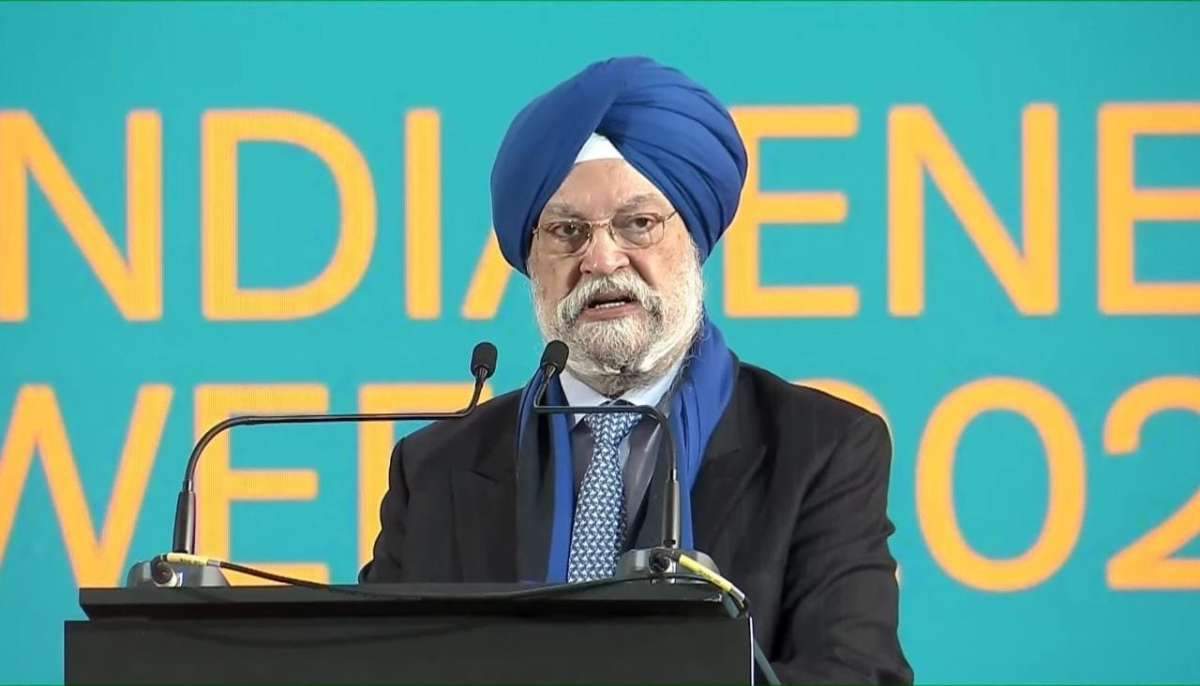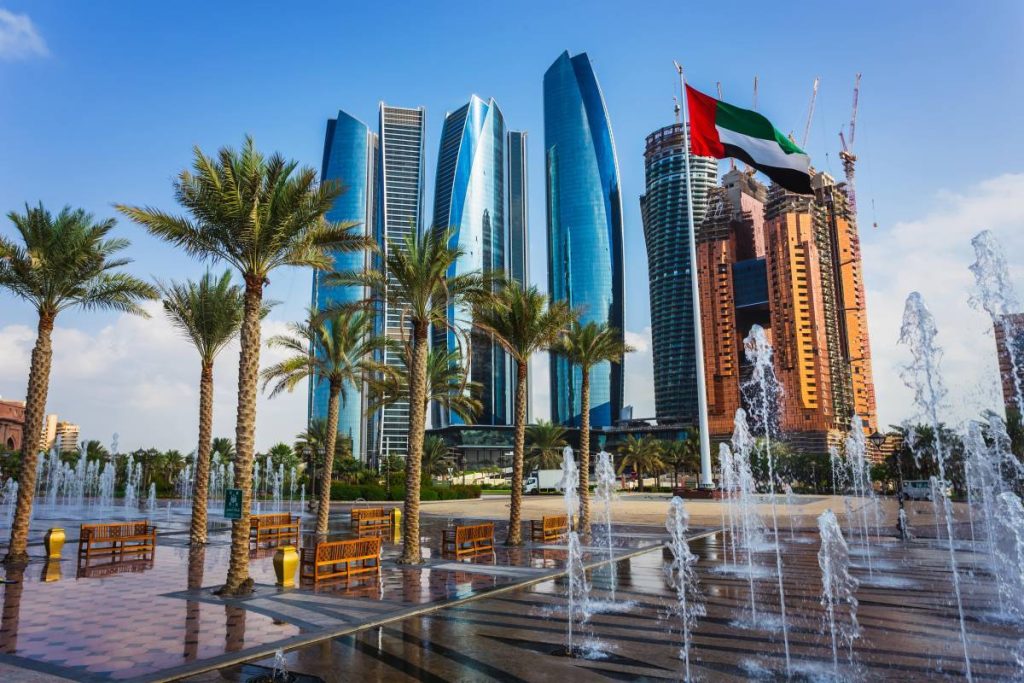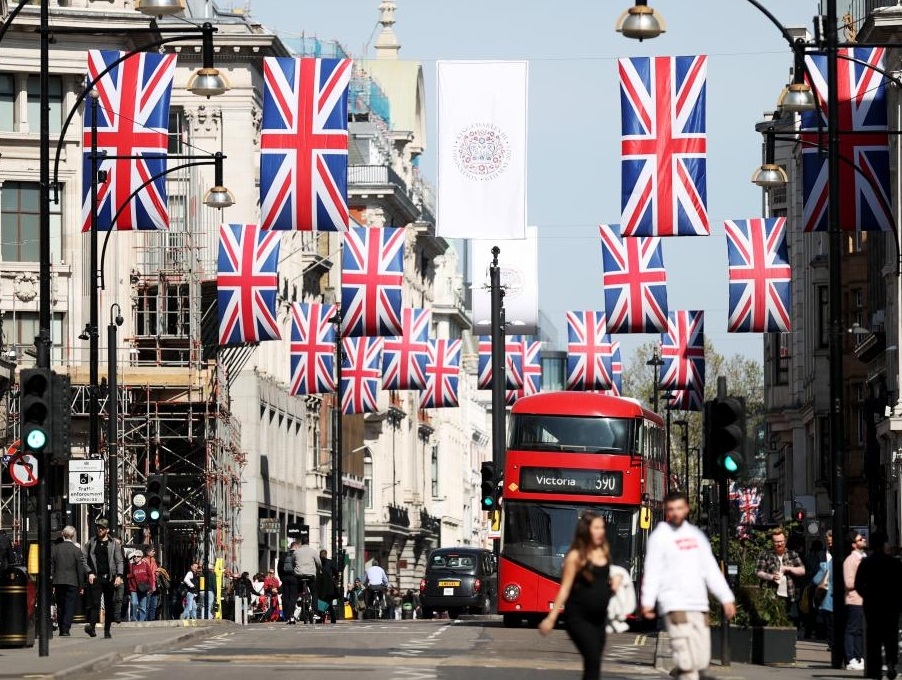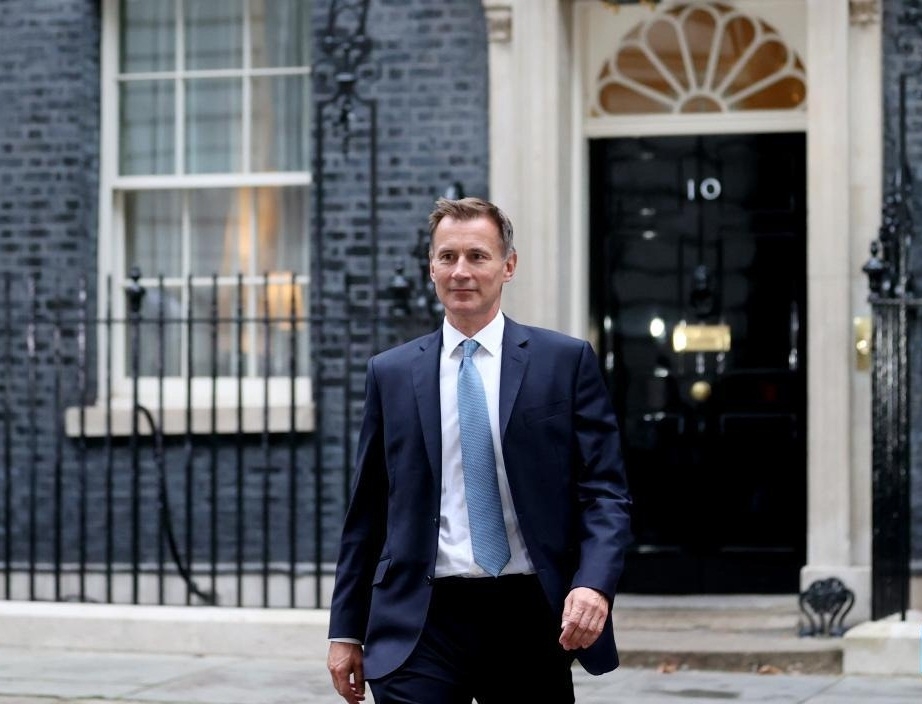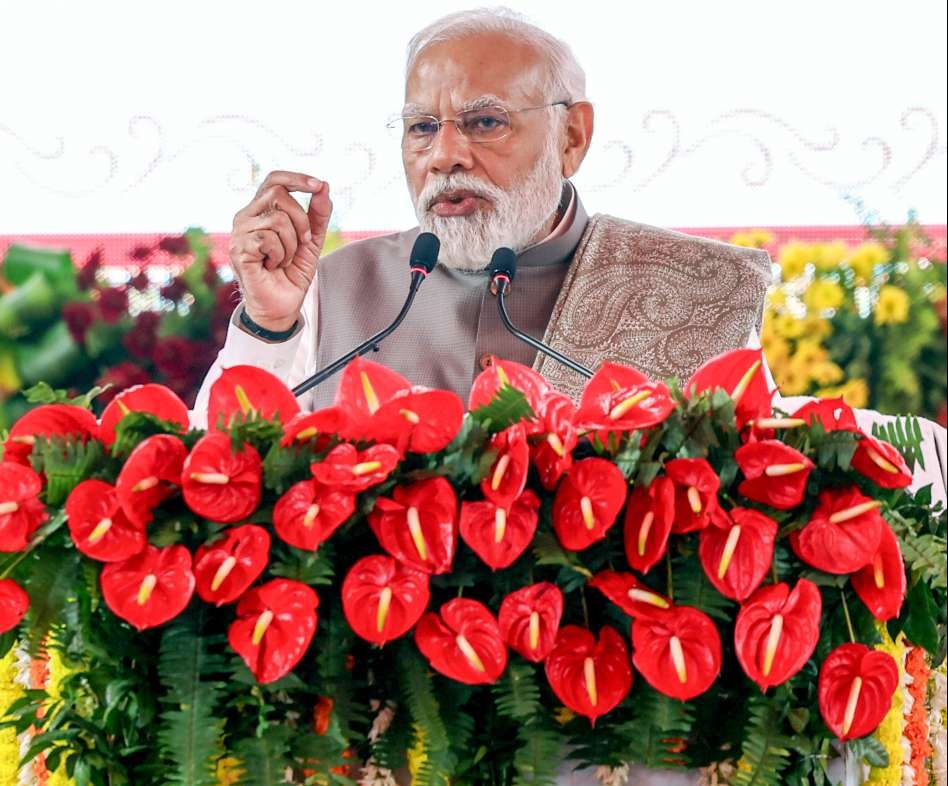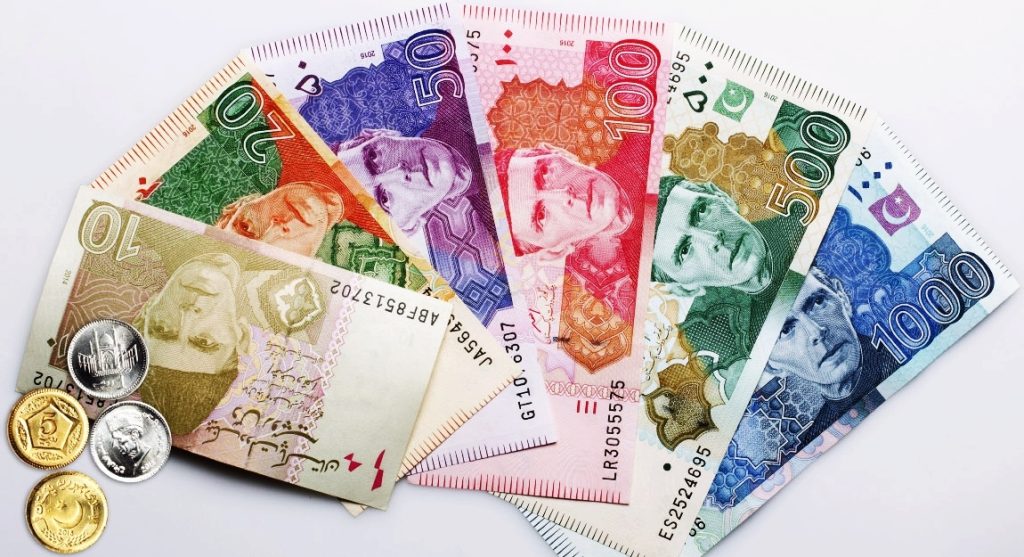The Indian economy is expected to grow 7.3% in the current financial year 2023-24, remaining the fastest-growing major economy, the National Statistics Office has said…reports Asian Lite News
The Indian economy is poised to touch $5 trillion next financial year – 2024-25 – and capitalise to double to $10 trillion by the end of this decade, said Union Petroleum Minister Hardeep Puri.
At present, the Indian economy is estimated to be about $3.7 trillion.
” We are the fifth-largest economy and the fourth-largest stock market… I think that in the next 1-2 years, we will not only be the fourth-largest economy but we will go further ahead,” Puri said.
“I was somewhere told that we would be a $5 trillion economy by 2028. I told him that there is no need to wait until 2028; it will happen by 2024-25. We will then be a $10 trillion economy by 2030,” Puri, who is also Urban and Housing Affairs Minister, said.
Global interest in India, he added, is increasing by the day, be it in digital infrastructure, the automobile market, energy or biofuels.
“So, it (the Indian economy) is looking very good,” the minister said.
The Indian economy is expected to grow 7.3 per cent in the current financial year 2023-24, remaining the fastest-growing major economy, the National Statistics Office said on January 5. India’s economy grew 7.2 per cent in 2022-23 and 8.7 per cent in 2021-22.
Lately, India pipped Hong Kong to become the fourth-highest equity market globally, Bloomberg reported. The combined value of shares listed on Indian exchanges reached $4.33 trillion as of Monday’s close, versus $4.29 trillion for Hong Kong, according to data compiled by Bloomberg.
Firm GDP growth forecasts, inflation at manageable levels, political stability at the central government level and signs that the central bank is done tightening its monetary policy have all contributed to painting a bright picture for the Indian stock market.
India’s stock market capitalization crossed USD 4 trillion for the first time on December 5, 2023, with about half of that reportedly coming in the past four years. The top three stock markets are those of US, China, and Japan.
Cumulatively, the past 12 months have been stellar for investors who parked their money in Indian stocks. Though there has been some turbulence, the calendar year 2023 gave handsome monetary dividends to stock market investors. In 2023 itself, Sensex and Nifty gained 17-18 per cent, on a cumulative basis. They gained a mere three to four per cent each in 2022.
Notably, foreign portfolio investors have again trained their sight towards India, becoming net buyers in the country’s stock market. In the process, it helped Indian benchmark stock indices taste their all-time highs recently.
India Inc confident
India Inc is confident of achieving a $5 trillion economy on the back of Central Government’s support in infrastructure investments, additional reforms and enhanced technology adoption, a Pre-Budget Survey by Deloitte Touché Tohmatsu India LLP (DTTI) showed.
About 50 percent of India Inc reflects optimism about India posting above 6.5 percent GDP growth in 2024-25, marking the third consecutive year of the fastest growth amongst major economies.
Among industry sectors, automotive (50 per cent), consumers and retail (66 per cent), technology, media and telecommunications (47 percent) and energy, resources and industrials (44 per cent) anticipate high growth.
Nearly 80 per cent of leaders in automotive, consumer and retail anticipate a GDP growth rate above 6 per cent. The pre-budget Survey, with a comprehensive snapshot of the business community’s outlook, provides valuable insights into their expectations, concerns and advocacy areas for policy improvements.
With 230 responses from CXOs across industries, it offers a detailed analysis of critical factors influencing the economic landscape across various dimensions and growth factors.
Research and Development (R&D), enhanced technology adoption, skilling, tax certainty and increased trade collaboration have emerged as key imperatives for the next five years. Nearly 99 percent of businesses expect AI to evolve gradually but require strong compliance for ethical practices. About 100 percent of leaders expect the government to prioritise environmental, social and governance (ESG) strategies and initiatives.
Sanjay Kumar, Partner, DTTI said, “As we navigate the challenges and opportunities outlined in the survey, the vision for a digitally empowered India becomes increasingly tangible. Our Survey findings reinforce the importance of innovation and collaboration in pursuing economic excellence, aligning with our national goal of a $5 trillion economy. Together, through strategic technological advancements, we are poised to elevate the ease of doing business in the country and leave an indelible mark on the global stage”.
The survey also highlighted global headwinds and continued cost escalation concerns, which need strategic measures.
Business leaders stressed the importance of targeted skill development, aligning with the CXO survey and positioning India as an attractive, forward thinking economy poised for substantial growth.
ALSO READ-Afghan Economy Shrinks, Receives $80M Every Fortnight

